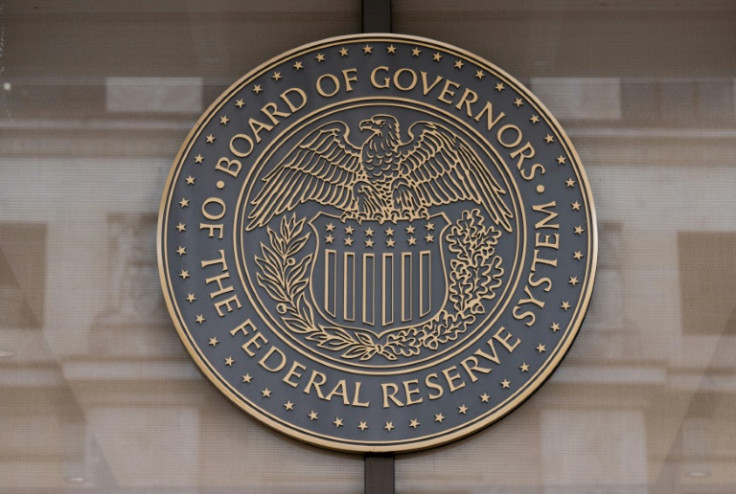What Could Trigger The First Interest Rate Cut In 2024 — Clues From Greenspan's Fed

In its last meeting early this month, the Fed surprised markets by announcing a policy pivot, which could cut the federal funds rate by 75 basis points in 2024. But it didn't provide any details on the timing for these cuts and the events that could trigger them.
Bullish traders and investors didn't seem to be concerned about it. They rushed to press the "buy" button, helping equity markets stage an "everything rally," as interest rate sensitive stocks and smaller highly speculative shares joined the "magnificent seven" in driving all major equity indices higher.
The debt market joined the Wall Street party, with U.S Treasury bond prices soaring and yields collapsing. For instance, the benchmark 10-year Treasury yield dropped from 4.90% two months ago to 3.80% this week, roughly where it began the year.
But what will trigger the first interest rate cut in the new year? An excellent place to look for clues to this question is Alan Greenspan's Fed in the late 1980s when the U.S. economy seemed very similar to today's economy.
Specifically, the U.S. economy slowed in the spring of 1989, and inflationary pressures were receding, prompting the Federal Open Market Committee (FOMC) to pause interest rate hikes in its May 16 meeting. Nonetheless, if necessary, it authorized Greenspan to cut rates before the next meeting.
On June 5, the legendary chair pulled the trigger, cutting the fed funds rate to 9.5%, following some disappointing news on employment — one of the critical variables the nation's central bank monitors in setting monetary policy.
"He didn't know whether it was the right move," Bob Woodward writes in his book "Maestro: Greenspan's Fed and the American Boom." "By the end of July 1989, it was clear the economy was slowing down... He proposed another small 0.25% in the fed funds rate, and the committee agreed 11 to 1."
Fed Chair Jerome Powell may find himself in a similar situation in the spring of 2024, triggering the first interest rate cut if the labor market weakens and unemployment rises.
"Rising unemployment would trigger rate cuts," Yohay Elam, senior financial analyst at fxstreet.com, told International Business Times. "With disinflationary forces clearly in play, policymakers have shifted their worries to have done too much, triggering a severe downturn. The Federal Reserve has already signaled rate cuts but refused to commit to timing – a rise in unemployment and fear of further increases would trigger a cut. Other central banks would follow."
David I Kass, clinical professor of finance at the University of Maryland, adds progress in inflation and an unexpected external shock resulting from a significant geopolitical event to the factors that could trigger an interest rate cut.
"If the Fed's preferred measure of inflation, core PCE, declines below 3% toward the Fed's projected level of 2.4% in 2024, a rate cut is very likely," he told IBT. "Similarly, the unemployment rate exceeding the Fed's projection of 4.1% in 2024 would likely lead to a rate cut as the Fed attempts to prevent a recession. An external shock from a major geopolitical event that might create an economic slowdown would also lead to a rate cut."
Aleksandr Spencer, chief investment officer at Bogart Wealth, adds another factor to the list: financial market stability.
"If labor markets and financial market stability were to deteriorate materially, the magnitude of reductions would be much more profound for whatever reasons," he said.
Still, one more factor comes into play: the presidential election. It could prompt the Fed to cut interest rates in the first half of the year to avoid criticism that it is taking political sides.
"While the Fed is an independent institution, perceptions of its decisions can have political implications," Avis Berg, Berg Capital CIO, told IBT. "It's important to remember that the Fed's primary mandate is to maintain price stability and support full employment rather than influence elections. Any perceived connection to political motives should be scrutinized, as the central bank's decisions are based on economic data and analysis."
© Copyright IBTimes 2024. All rights reserved.






















